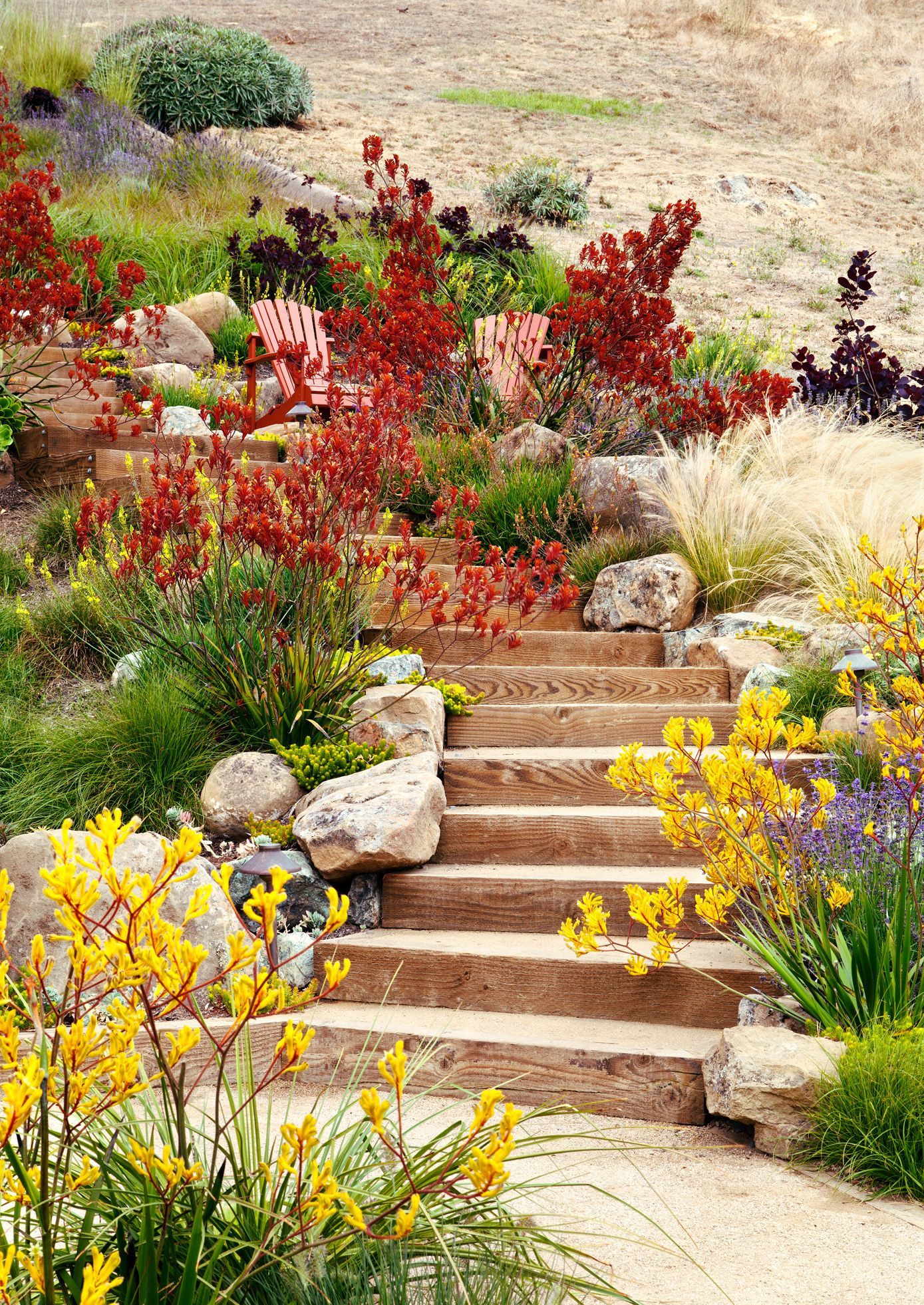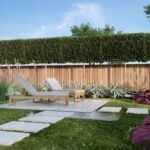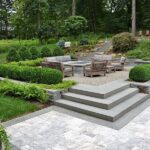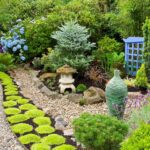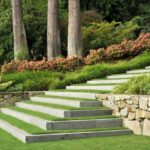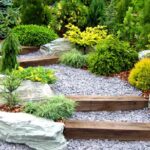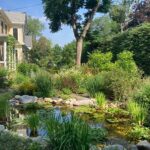Garden design landscape is an art form that combines aesthetics with functionality to create beautiful outdoor spaces that harmonize with the natural environment. A well-designed garden can enhance the overall appeal of a property, creating a welcoming and relaxing atmosphere for homeowners and visitors alike.
One of the key principles of garden design landscape is to carefully consider the layout and placement of plants, trees, and other elements to create a balanced and visually pleasing composition. This involves taking into account factors such as the size and shape of the garden, the existing terrain, and the amount of sunlight and water available. By carefully planning the arrangement of plants and structures, a garden designer can create a sense of flow and harmony that enhances the overall beauty of the space.
In addition to aesthetics, garden design landscape also takes into consideration the functionality of the space. This includes factors such as ease of maintenance, accessibility, and the needs and preferences of the homeowner. For example, a garden designed for entertaining may include features such as seating areas, outdoor kitchens, and fire pits, while a garden designed for relaxation may include tranquil water features and quiet seating areas.
Another important aspect of garden design landscape is the use of hardscaping elements such as pathways, walls, and fences to define and structure the space. These elements not only add visual interest and texture to the garden but also help to create separate areas for different activities, such as dining, playing, or relaxing. Hardscaping elements can also be used to create focal points and draw the eye to specific features of the garden.
When designing a garden landscape, it is important to consider the needs and preferences of the homeowner as well as the local climate and conditions. For example, a garden in a hot and dry climate may require drought-tolerant plants and efficient irrigation systems, while a garden in a cold climate may require frost-resistant plants and structures. By carefully selecting plants and materials that are well-suited to the local climate, a garden designer can create a sustainable and low-maintenance outdoor space that thrives year-round.
Overall, garden design landscape is a dynamic and creative process that allows homeowners to express their personal style and create a unique outdoor living space that reflects their lifestyle and preferences. By carefully planning and implementing design principles such as balance, functionality, and sustainability, a garden designer can create a beautiful and functional garden landscape that enhances the beauty and enjoyment of a property for years to come.
